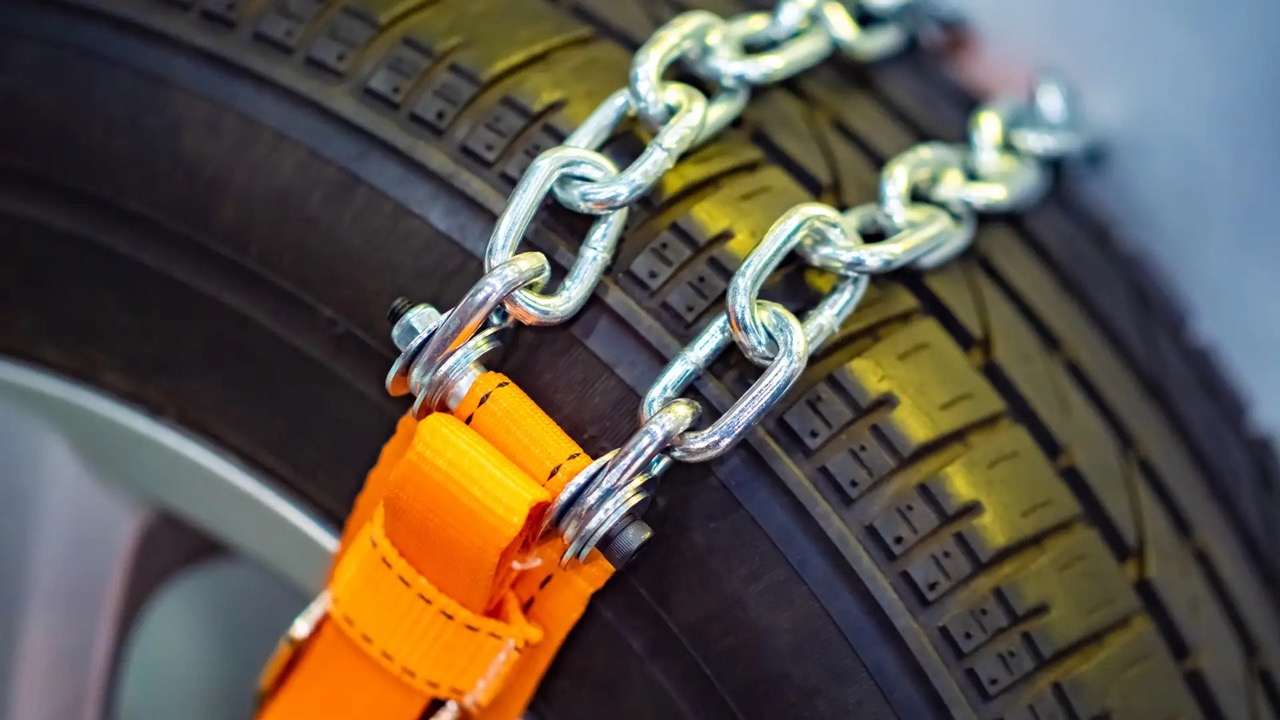

Articles
How To Store Tire Chains
Modified: December 7, 2023
Learn how to properly store tire chains with our informative articles. Find tips and techniques for keeping your tire chains in great condition and ready to use when needed.
(Many of the links in this article redirect to a specific reviewed product. Your purchase of these products through affiliate links helps to generate commission for Storables.com, at no extra cost. Learn more)
Introduction
Tire chains are a valuable asset for any vehicle owner, especially for those living in areas with harsh winter conditions. They provide much-needed traction and stability when driving on snowy or icy roads, ensuring a safer and smoother journey. However, just like any other equipment, tire chains require proper care and storage to maintain their effectiveness and durability.
In this article, we will discuss the importance of properly storing tire chains and provide a step-by-step guide on how to do so. By following these tips, you can ensure that your tire chains remain in excellent condition and ready for use whenever you need them.
So, let’s dive in and learn how to store tire chains effectively!
Key Takeaways:
- Properly storing tire chains is crucial for preserving performance, extending lifespan, and ensuring easy accessibility, providing peace of mind during challenging winter conditions.
- Following a step-by-step storage process, including cleaning, inspection, and maintenance, helps maintain tire chains in optimal condition, ready for safe and reliable use on snowy or icy roads.
Read more: How To Store Summer Tires
Understanding the Importance of Properly Storing Tire Chains
Properly storing tire chains is crucial for maintaining their functionality and extending their lifespan. When tire chains are exposed to improper storage conditions, they can become damaged or corroded, making them less effective when needed. Here are a few reasons why properly storing your tire chains is important:
1. Preserves Performance:
Storing your tire chains properly prevents them from getting tangled or damaged, which can negatively affect their performance. A well-maintained set of tire chains will provide optimal traction on snowy or icy roads, ensuring your safety and the safety of others on the road.
2. Extends Lifespan:
Tire chains can be a significant investment, so it’s essential to make them last as long as possible. By storing them correctly, you can prevent premature wear and tear, rust, and other forms of damage that can shorten their lifespan. This not only saves you money in the long run but also ensures that your tire chains are always reliable.
3. Easy Accessibility:
Properly storing your tire chains also means keeping them organized and easily accessible. When you need to use them in a hurry, you don’t want to waste precious time untangling a mess or searching for missing parts. By storing them in an organized manner, you can grab them quickly and get back on the road without any hassle.
Read more: How To Store Winter Tires
4. Peace of Mind:
Knowing that your tire chains are properly stored and maintained gives you peace of mind, especially during the winter season when road conditions are challenging. You can drive confidently, knowing that you have a reliable and functional set of tire chains ready to tackle any icy or snowy road.
Now that you understand the importance of properly storing tire chains, let’s move on to the step-by-step process of how to store them effectively.
Step 1: Clean and Dry the Tire Chains
Before storing your tire chains, it is essential to clean them thoroughly to remove any dirt, grime, or debris that may have accumulated during use. This will prevent corrosion and maintain the integrity of the chains. Here’s how to clean and dry your tire chains:
- Start by removing the tire chains from the vehicle. Lay them out on a clean surface, such as a tarp or old blanket.
- Using a hose or a bucket of water, rinse the chains to remove loose dirt and debris. You can also use a mild detergent to help remove stubborn dirt.
- Scrub the chains gently with a soft-bristle brush to remove any stuck-on grime. Pay attention to the chain links, ensuring that each one is thoroughly cleaned.
- Rinse the chains again to remove any soap residue.
- Once clean, pat dry the chains using a clean towel or let them air dry completely. Make sure there is no moisture left on the chains.
It is crucial to ensure that the chains are completely dry before storing them. Moisture can lead to rust and corrosion, which can weaken the chains and affect their performance. Give them enough time to dry naturally, preferably in a well-ventilated area.
By following this first step, you are taking the necessary measures to keep your tire chains in excellent condition and ready for storage.
Step 2: Inspect for Damage or Wear
After cleaning and drying your tire chains, it’s important to inspect them for any signs of damage or wear. Regular inspections help identify potential issues that may affect the performance and safety of the tire chains. Here’s how to conduct a thorough inspection:
- Start by visually examining each chain link. Look for any signs of wear, such as cracked or bent links. Pay close attention to the connection points and ensure that they are intact.
- Check for any missing or broken fasteners, such as hooks or latch mechanisms. These play a crucial role in securely attaching the chains to your tires, so they need to be in good working condition.
- Inspect the tensioning system, such as tensioners or adjusters, if your tire chains have them. Make sure they are functioning correctly and not worn out or damaged.
- Check for any signs of rust or corrosion. It’s normal for tire chains to develop some surface rust over time, but excessive rust can weaken the chains. If you notice significant rust, consider replacing the chains.
- Ensure that the locking mechanisms, if present, are in working order. They should be able to securely lock the chains in place without any issues.
If you find any significant damage, wear, or other issues during the inspection, it’s crucial to address them before storing the tire chains. Depending on the severity of the problem, you might need to repair or replace the chains to ensure their effectiveness and safety.
By regularly inspecting your tire chains, you can catch any potential problems early and take appropriate action. This step helps to maintain the performance and reliability of your tire chains when you need them most.
Step 3: Use a Storage Bag or Container
Once you have cleaned and inspected your tire chains, it’s time to find an appropriate storage solution. Using a storage bag or container helps protect the tire chains from dust, moisture, and other elements that can cause damage over time.
Here’s how to store your tire chains using a storage bag or container:
- Choose a storage bag or container large enough to accommodate your tire chains without them being cramped or tightly packed.
- Ensure that the bag or container is clean and dry before placing the chains inside.
- If using a storage bag, place the tire chains inside and seal the bag securely. Some storage bags come with zippers or drawstrings to keep the chains contained.
- If using a container, arrange the tire chains neatly inside, keeping them untangled and properly aligned.
- Close the lid or cover of the container tightly to prevent dust, moisture, or pests from entering.
- Label the storage bag or container if you have multiple sets of tire chains, making it easier to identify the correct set when needed.
Storing tire chains in a bag or container not only keeps them organized but also protects them from potential damage. It also helps prevent tangling, which can be time-consuming and frustrating when you need to use them.
Find a cool, dry, and well-ventilated area to store the bag or container. Avoid areas with excessive heat, humidity, or fluctuations in temperature, as they can affect the condition of the tire chains.
By using a storage bag or container, you can keep your tire chains in good condition and prolong their lifespan.
Read more: How To Store Tires
Step 4: Avoid Excessive Heat or Cold
Proper temperature control is essential when storing tire chains. Extreme temperatures, both hot and cold, can have negative effects on the chains’ materials and overall performance. Here are some guidelines to follow to protect your tire chains from excessive heat or cold:
- Avoid Extreme Heat: Store your tire chains away from direct sunlight or any heat sources such as heaters, radiators, or hot exhaust pipes. High temperatures can cause the chains to become brittle or warp, reducing their effectiveness when you need them most. Find a cool and shaded area for storage.
- Prevent Freezing: Tire chains are not designed to withstand extreme cold temperatures. Store them in a location that avoids freezing, such as a garage or a storage area that is not exposed to the elements. Extreme cold can cause the chains to become rigid and more prone to breakage.
- Avoid Temperature Fluctuations: Rapid temperature changes can also impact the integrity of the tire chains. Avoid storing the chains in areas with significant temperature fluctuations, such as garages that are frequently opened or closed. Stable temperatures help maintain the chains’ flexibility and overall condition.
By protecting your tire chains from excessive heat or cold, you can ensure that they remain in optimal condition and ready for use whenever winter weather calls for it.
Step 5: Store in a Dry and Well-Ventilated Area
Storing tire chains in a dry and well-ventilated area is crucial to prevent moisture buildup, which can lead to rust and corrosion. Here are some tips on how to store your tire chains in an ideal environment:
- Avoid Damp Areas: Moisture is the enemy of tire chains. Choose a storage location that is dry and free from excessive humidity. Avoid storing them in basements, crawl spaces, or areas prone to leaks or dampness.
- Use Moisture Absorbers: Consider using moisture-absorbing products such as silica gel packets or desiccant pouches in the storage bag or container. These help to absorb any lingering moisture, keeping the chains dry and preventing rust.
- Ensure Good Ventilation: Proper air circulation is essential to prevent the buildup of moisture and musty odors. Select a storage area that has good ventilation, allowing fresh air to circulate around the chains.
- Avoid Contact with Concrete: Concrete floors are notorious for retaining moisture, so avoid placing your tire chains directly on the ground. Use a shelf, plastic pallet, or even a wooden platform to elevate the chains and keep them away from any potential moisture that may seep through the floor.
By storing your tire chains in a dry and well-ventilated area, you can protect them from rust, corrosion, and other forms of damage caused by moisture. This helps maintain the chains’ integrity and ensures their long-term usability.
When storing tire chains, make sure to clean and dry them thoroughly to prevent rust. Store them in a durable bag or container to keep them organized and protected from damage.
Step 6: Regularly Check and Maintain Tire Chains
To ensure that your tire chains are always in optimal condition, it’s important to perform regular checks and maintenance. This will help identify any potential issues and allow you to address them before they become significant problems. Here are some key steps to follow:
- Inspect Before Use: Before installing your tire chains on your vehicle, inspect them for any signs of damage, wear, or corrosion. Check the chain links, fasteners, tensioning system, and locking mechanisms. If you notice any issues, repair or replace the chains as necessary.
- Clean After Use: After using your tire chains, take the time to clean them thoroughly, following the cleaning steps mentioned earlier in this article. Removing dirt, grime, and road salt helps prevent corrosion and keeps the chains in good working condition.
- Properly Lubricate: If your tire chains have moving parts, such as tensioners or adjusters, it’s important to lubricate them regularly. Use a silicone-based lubricant or a specific chain lubricant to keep the moving parts functioning smoothly and prevent them from seizing up.
- Inspect Chain Tension: Regularly check the tension of the chains while they are installed on your tires. Make sure they are securely and evenly tensioned. Adjust as necessary to maintain proper fit and performance.
- Store Properly: Finally, after each use, ensure that you store your tire chains following the previous steps outlined in this article. Clean them, inspect for any damage, and place them in a dry and well-ventilated storage bag or container.
By incorporating these regular checks and maintenance practices into your routine, you can extend the lifespan of your tire chains and ensure that they are always in optimal working condition when needed.
Conclusion
Properly storing your tire chains is essential for maintaining their performance, extending their lifespan, and ensuring they are ready for use when winter weather strikes. By following the step-by-step guide discussed in this article, you can store your tire chains effectively and keep them in excellent condition.
Remember to start by cleaning and drying your tire chains thoroughly, removing any dirt or debris that may have accumulated during use. Conduct a careful inspection to check for any damage, wear, or rust, and address any issues before storing the chains.
Use a storage bag or container that is clean, dry, and adequately sized to accommodate the chains without causing them to become tangled or cramped. Avoid storing in areas with excessive heat or cold, as well as temperature fluctuations.
Select a dry and well-ventilated storage location to prevent moisture buildup, using moisture-absorbing products if necessary. Regularly check and maintain your tire chains by inspecting, cleaning, lubricating, and properly tensioning them.
By following these guidelines, you can ensure that your tire chains remain in optimal condition, ready to provide the necessary traction and stability when navigating snowy or icy roads. Taking the time to store your tire chains properly will save you time, money, and potential frustration in the long run.
So, don’t neglect the importance of proper tire chain storage. Follow these steps, and you can have peace of mind, knowing that your tire chains are well-maintained and ready for any winter adventure.
Frequently Asked Questions about How To Store Tire Chains
Was this page helpful?
At Storables.com, we guarantee accurate and reliable information. Our content, validated by Expert Board Contributors, is crafted following stringent Editorial Policies. We're committed to providing you with well-researched, expert-backed insights for all your informational needs.
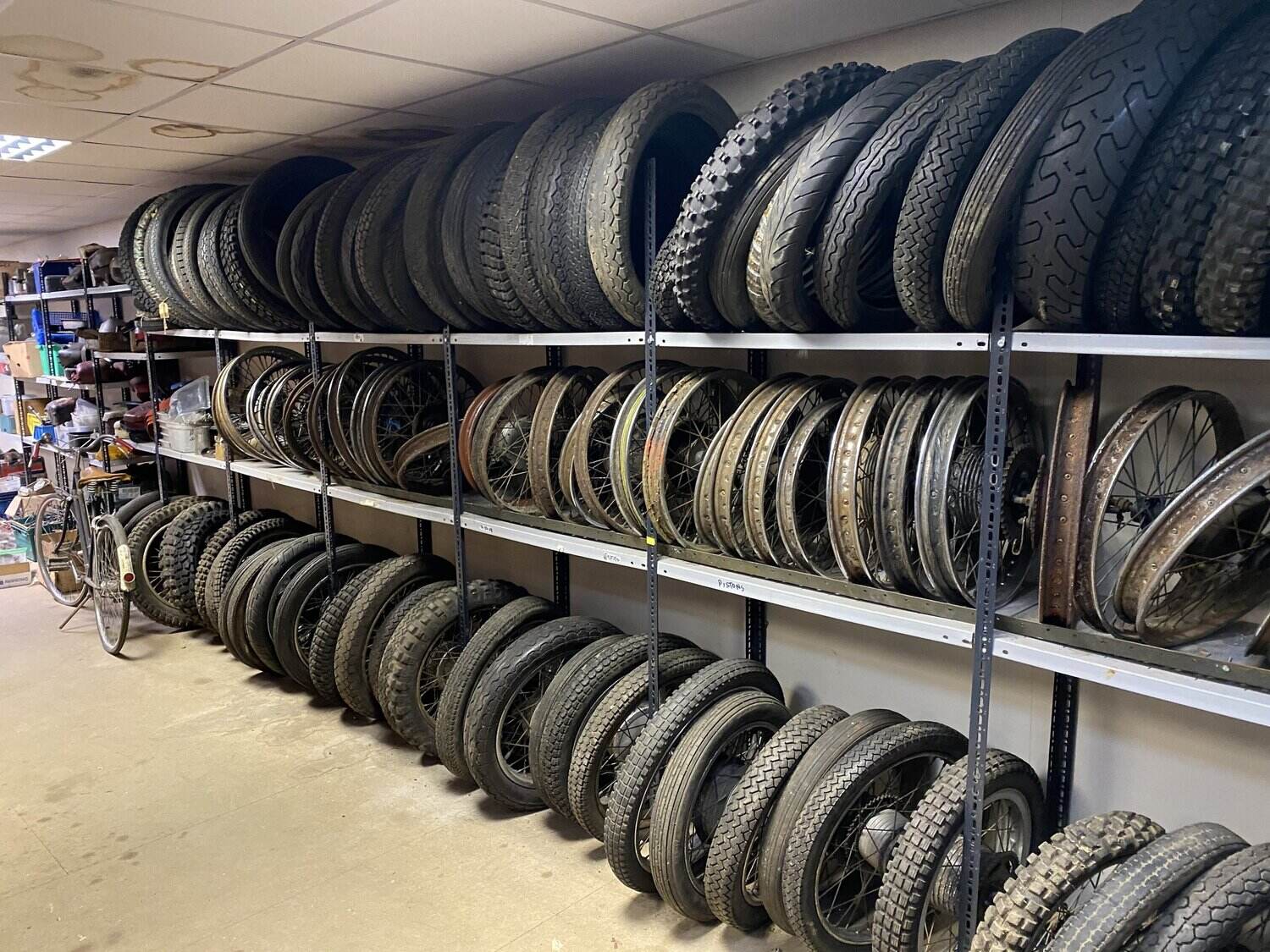

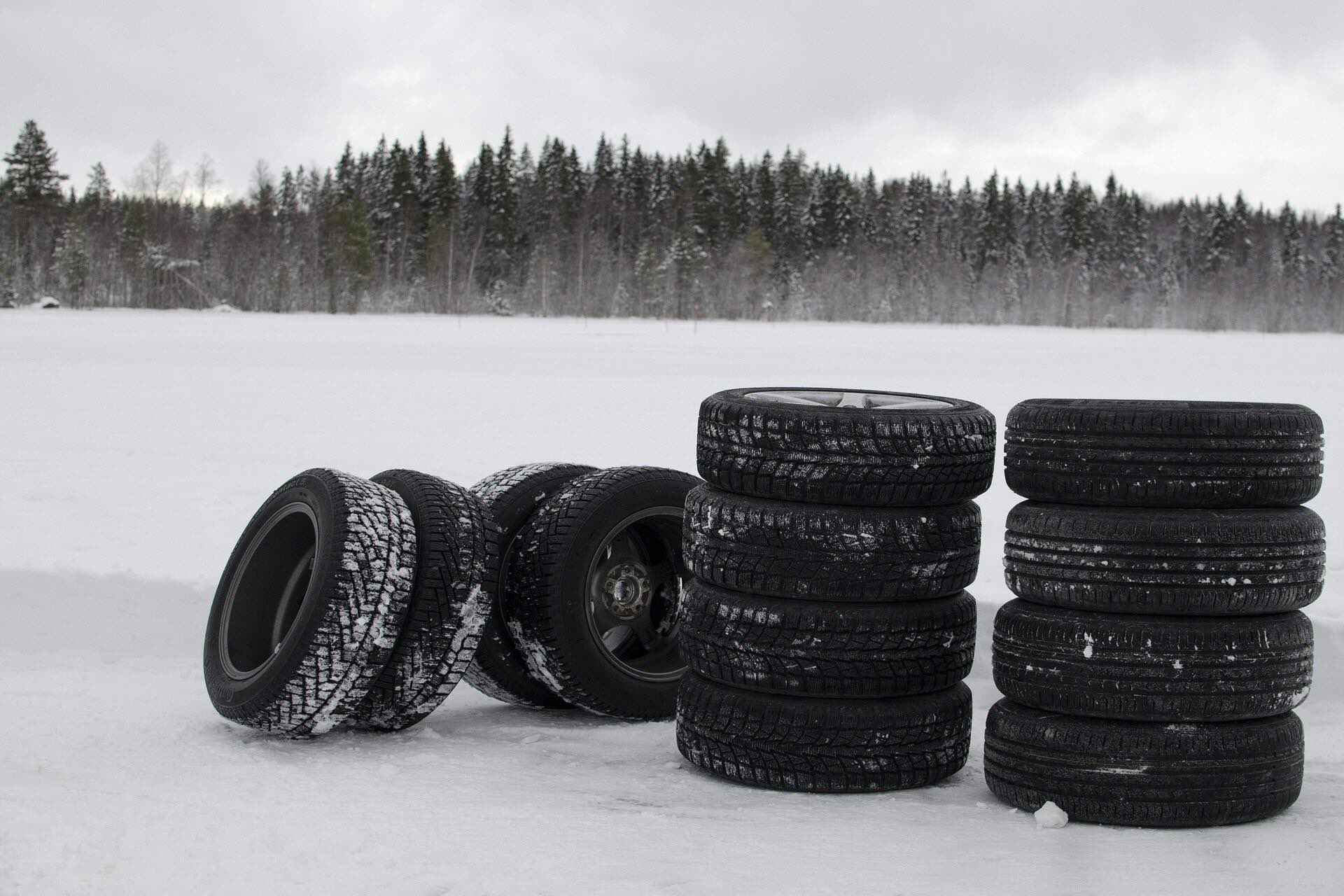

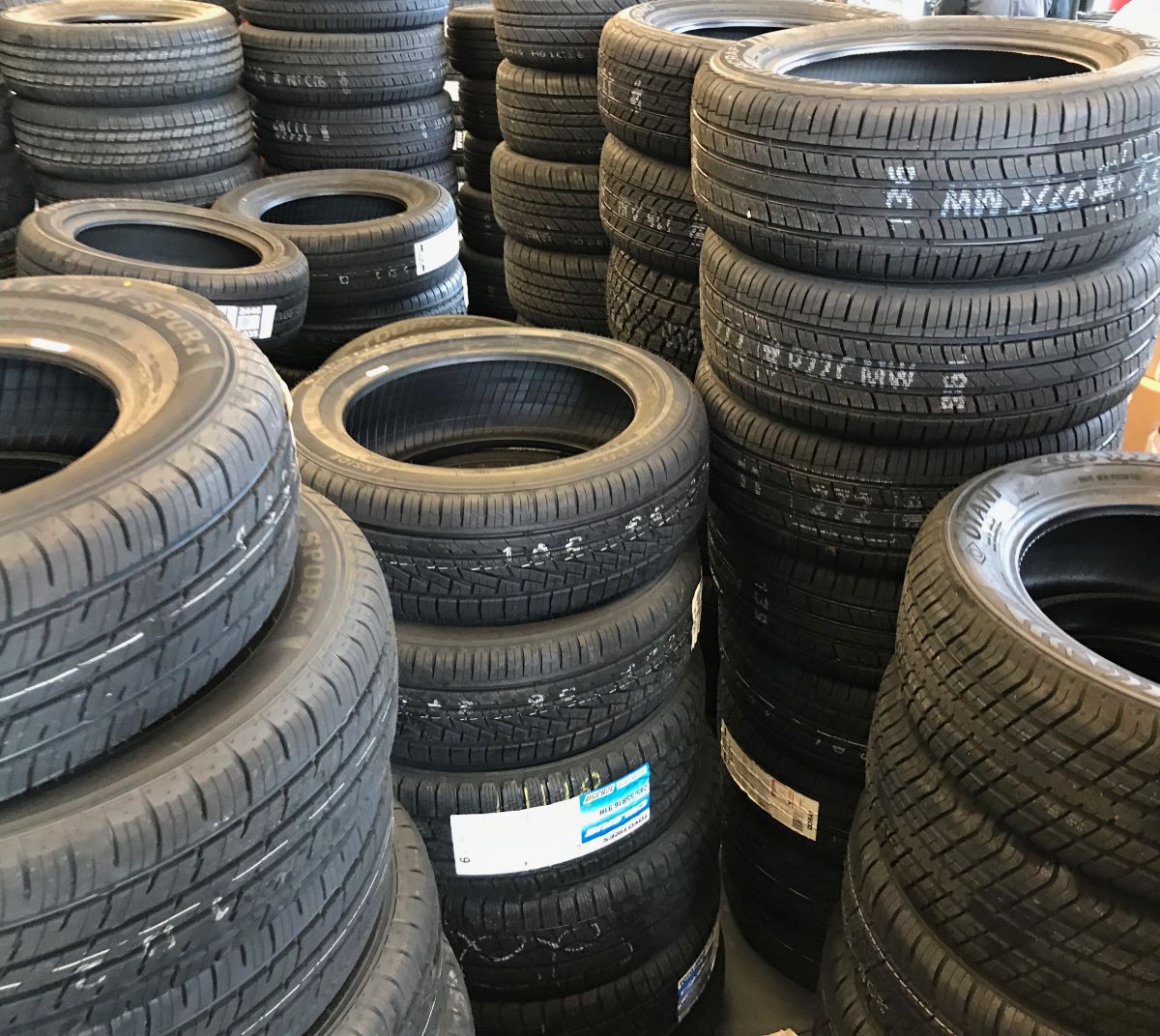
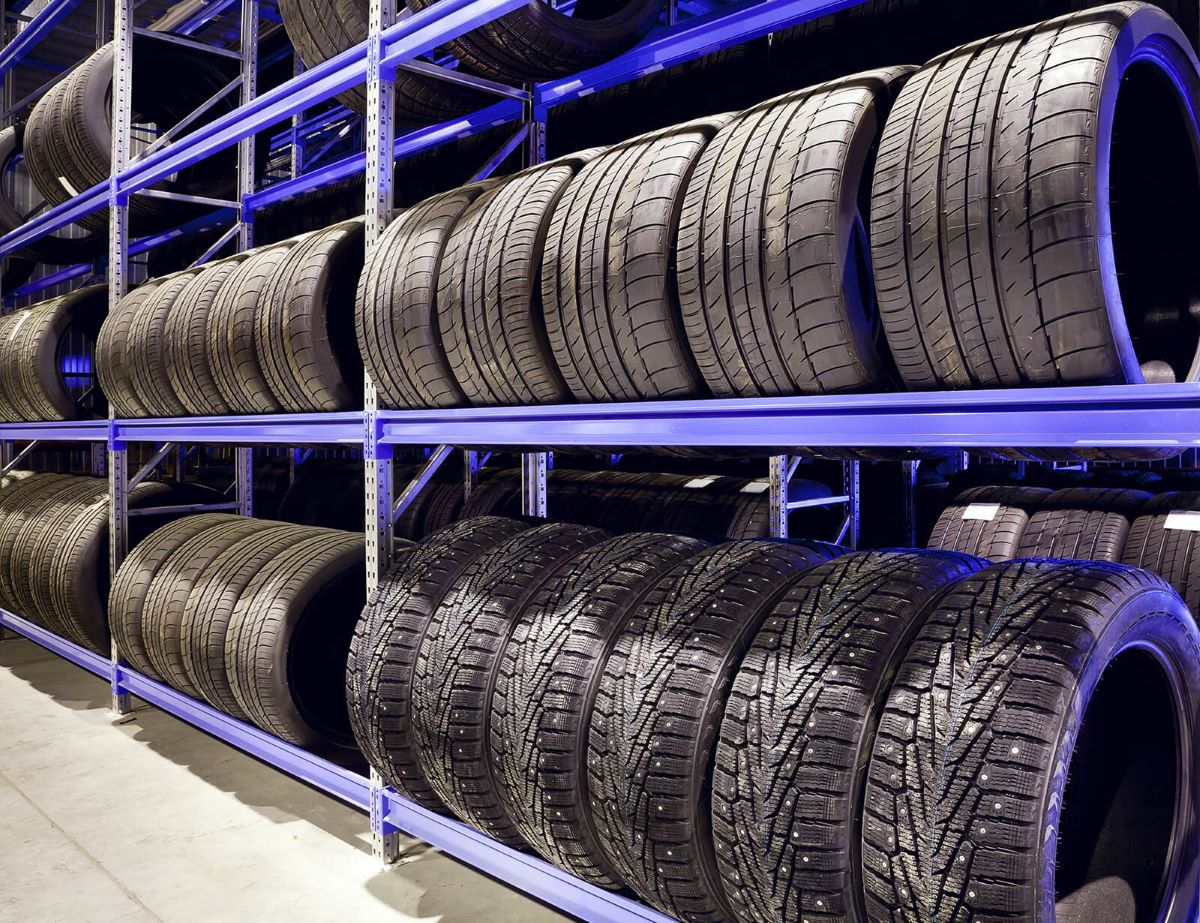
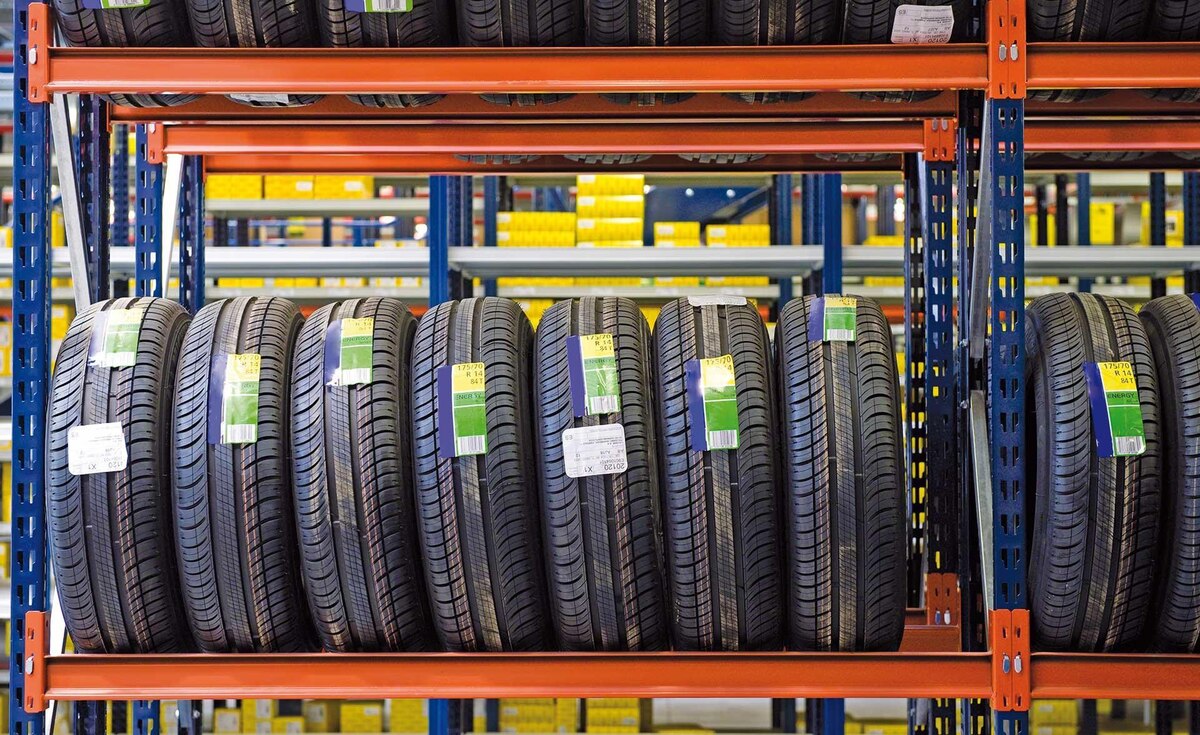
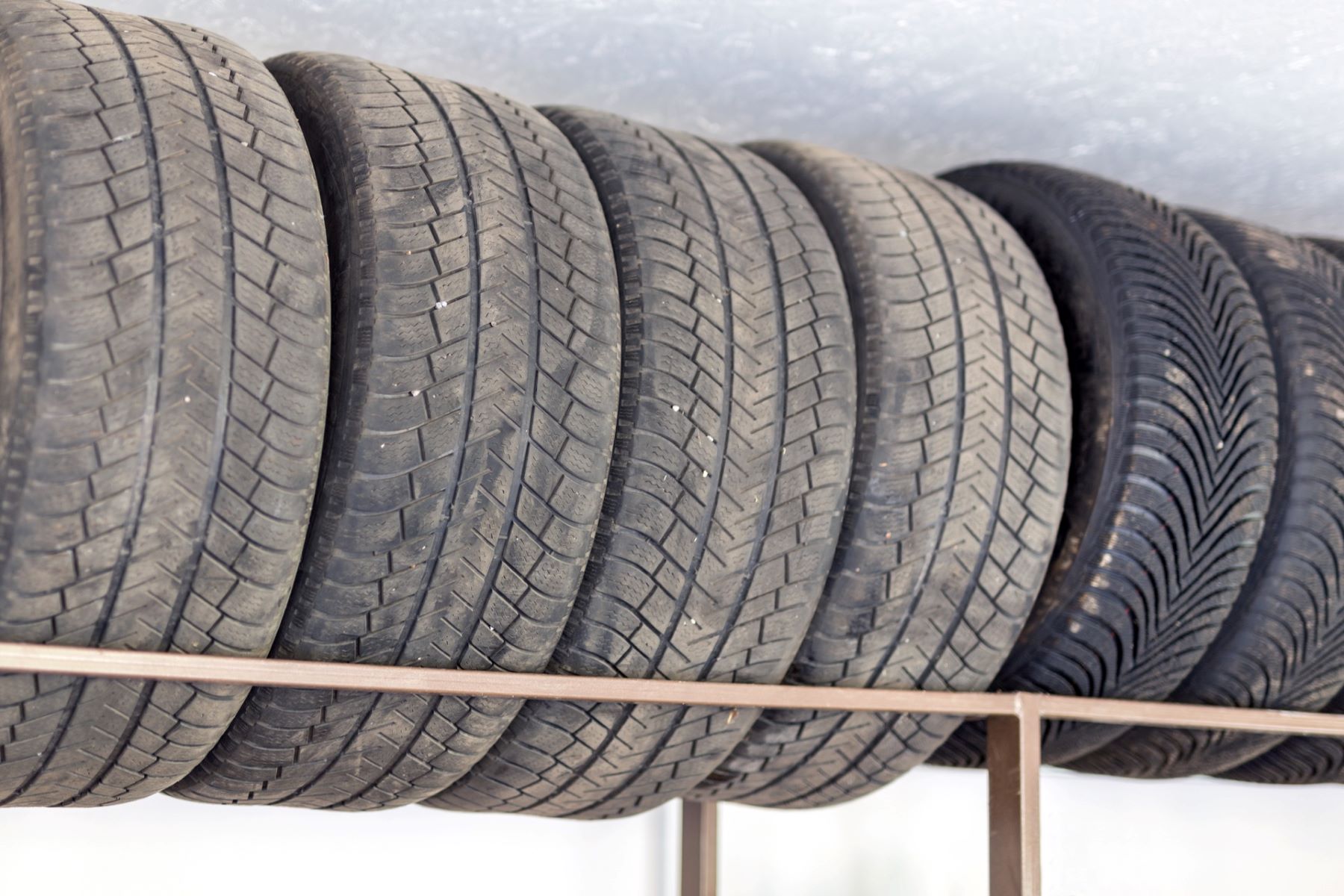
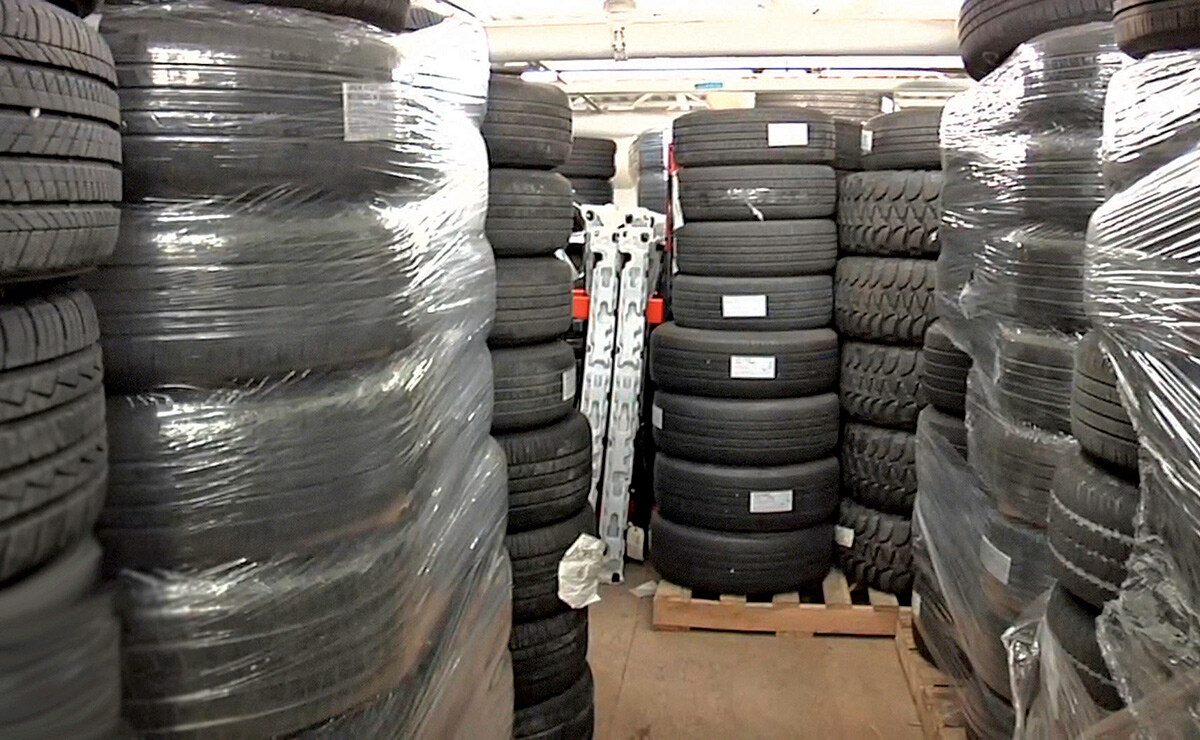
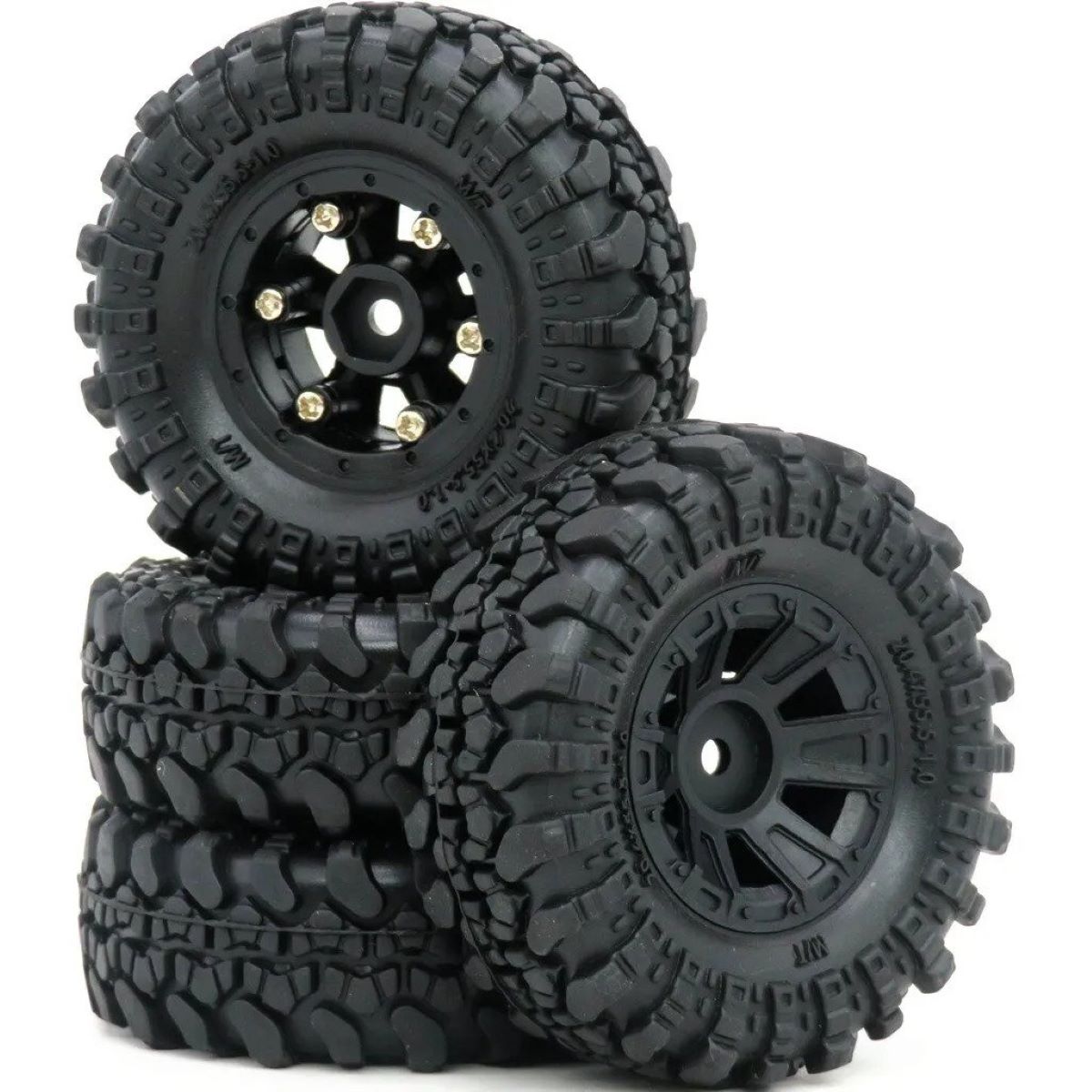
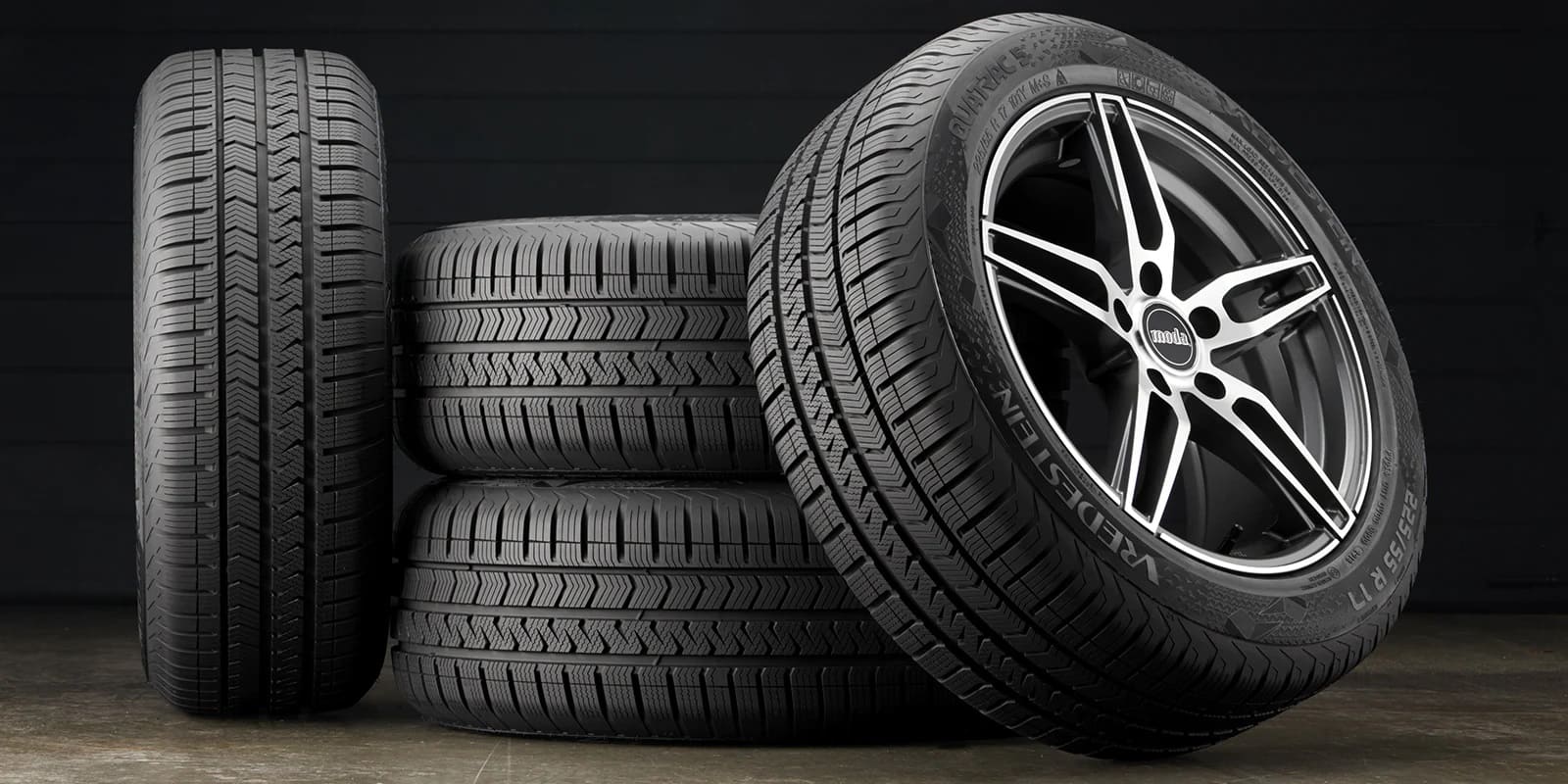



0 thoughts on “How To Store Tire Chains”